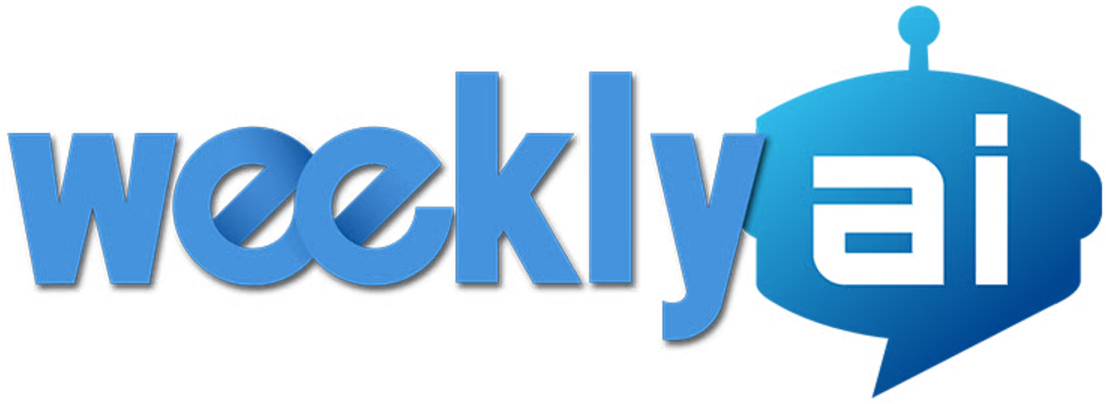
Auto-Generate a Video Ad Campaign
(Deep-Dive Playbook)
🦾 A.I. in Action
You want to run a social campaign but don’t have a video team or design agency. Here’s how to use A.I. to generate a storyboard, visuals, and the final video, all from a text prompt.
Step 1) Brief → Concept (Hook, Scenes, CTA)
Goal: Turn your idea into a tight ad concept with hooks you can A/B test.
Prompt (paste into ChatGPT or your planner tool):
“Create a 15-second vertical video ad for [brand/product] targeting [audience]. Tone: [friendly/aspirational]. Give me:
3 hook options (under 6 words each),
A 3-scene outline with shot type (close-up, mid, wide),
A voiceover script (≤ 40 words total),
A clear CTA (1 line),
3 alt CTAs to test.”
Best practices:
Length: 15–20s for TikTok/Reels; 6–15s for YouTube bumper; 20–30s for LinkedIn.
Message density: Aim for 1 core message; avoid jargon.
A/B seeds: Generate 2–3 concepts now to test later.
Step 2) Concept → Storyboard (Frames + Visual Directions)
Goal: Create scene-by-scene frames with visual cues the video tool can follow.
Prompt:
“Turn this script into a 3-frame storyboard. For each frame include: visual description, subject, background, camera angle, motion cue, on-screen caption (≤6 words), and brand color accents [hex codes].”
Quality checks:
Continuity: Same character/look across frames (note hair/clothes/colors).
Text legibility: On-screen captions ≤ 6 words, high contrast.
Safe words: Replace brand names with placeholders if your video generator flags trademarks.
Step 3) Storyboard → Visual Clips (Runway/Stable Video Diffusion)
Goal: Generate 3 short clips (3–6s each) that match your storyboard frames.
Tool choice:
Runway (Gen-2/text-to-video): Fast, easy, strong motion.
Stable Video Diffusion (image-to-video): Great if you start from reference images.
Tip: Lock a seed to keep character consistency across clips.
Prompt for each scene (Runway/text-to-video):
“Vertical video 1080×1920, [clean natural lighting], [subject details], [camera angle], gentle camera pan, background [describe], aesthetic [style e.g., minimal/bright], brand accents [hex], no text in scene.”
Settings to prefer:
Aspect: 9:16 (1080×1920) for Reels/TikTok/Shorts; 1:1 for LinkedIn feed; 16:9 for YouTube.
Duration per clip: 3–6s.
Frame rate: 24 fps (cinematic look).
Seed: Fixed (keeps look consistent).
Motion strength: Moderate (avoid jittery artifacts).
Best use tips:
Character consistency: Reuse the same seed + descriptor (“short brown hair, blue tee”) across all scenes.
Background coherence: Repeat environment phrases (“bright bathroom mirror,” “soft daylight”).
Avoid text in generation: Add captions later in an editor for crisp typography.
Step 4) Script → Voiceover (ElevenLabs/Murf/VoiceAI)
Goal: Generate a clean, natural VO that fits your cuts.
Recommended flow:
Paste the script → select a neutral, warm voice.
Speed: 0.95–1.05x (fast enough for 15s, still clear).
Pause control: Insert commas/line breaks to imply natural pauses.
Best use tips:
Brand voice: Try 2–3 voices; save your favorite as a preset.
Timing: Export variants at slightly different speeds (0.95x/1.0x /1.05x) to match cut length.
Clarity: Avoid tongue-twisters; rewrite for speech, not reading.
Step 5) Music & SFX (Soundful/Mubert)
Goal: Backing music that supports pacing and emotion; optional SFX for transitions.
Settings to try:
Mood: upbeat, confident, clean.
BPM: 85–110 for product explainers; 110–125 for energetic hooks.
Length: 20–30s loopable.
Stems (if offered): Export music minus vocals for cleaner VO.
Best use tips:
Duck under VO: Lower music by -12 to -18 dB during speech.
Intro sting: Short 0.5–1.0s “logo sting” helps brand recall.
Licensing: Use platform-provided royalty-free tracks to avoid takedowns.
Step 6) Edit & Captions (CapCut AI/Descript)
Goal: Assemble clips, VO, and music; add titles and burned-in captions.
Workflow:
Assemble: Place 3 clips on timeline (total 12–18s), add VO, then music.
Auto-captions: Generate, then edit for accuracy and style (2 lines max, 28–34 chars/line).
On-screen text: Only the hook + CTA; keep fonts bold, high contrast.
Thumbnails: Export 2–3 stills at strong moments (face close-up, product shot, bold text).
Best use tips:
Cuts on beats: Snap scene changes to musical beats for polish.
Motion: Subtle push-in (2–3%) adds energy without nausea.
Export: H.264, 1080×1920, 10–15 Mbps; keep files < 30MB for easy upload.
Step 7) Versioning & A/B Tests (fast wins)
What to vary:
Hook line (first 2–3 seconds).
Color mood (warm vs. cool).
CTA wording (Get a demo/Try free/See it in action).
Thumbnail (face vs product).
Naming convention: Brand_Platform_15s_HookA_CTA3_v2.mp4 (you’ll thank yourself later).
Step 8) Platform Upload & Optimization
TikTok/Reels/Shorts: #hashtag 3–5 max; primary CTA in first line; pin top comment.
LinkedIn: Add 1-line context + clear CTA; include .srt captions if possible.
YouTube Shorts: Keep title under ~55 chars; include keyword + brand.
Why This Works
✅ You skip manual filming, editing, and visual design.
✅ You can iterate variants easily (change mood, length, style) by tweaking prompts.
✅ Great for testing messaging and visuals before hiring production.
✅ Speed + cost efficiency for small budget campaigns.
Pro Tip: You can also ask ChatGPT to:
✅ Ask A.I. to suggest thumbnail frames (for ad previews).
✅ Generate multiple versions (bright vs. moody) and run A/B tests.
✅ Let A.I. suggest hooks, CTAs, or emotional beats in script.
Go to the next level with A.I.:
🧠 No-cost A.I. webclass: perfect place to get started.
🦾 Done-for-you services: ideal for growing businesses.
🛠️ All-in-one A.I. system: save both time and money.
Your weekly dose of A.I. insights, trends, and breakthroughs.

Your weekly dose of A.I. insights,
trends, and breakthroughs.